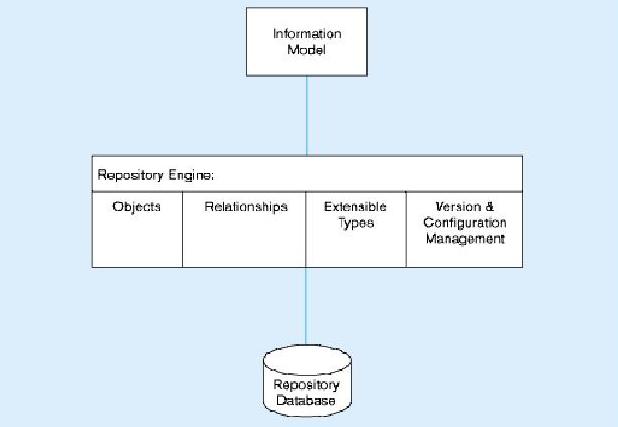

 |
|
A Data Repository, generically refers to a central place where data is stored and maintained. It works basically in the same way a Data Dictionary the only difference is taht a Data Repository is more inclined to storing metadata about the data and the processing resources that an Information System requieres.Another definition for a Data repository is: A place where multiple databases or files are located for distribution over a network, or a repository can be a location that is directly accessible to the user without having to travel across a network.
|
|

 |
Most DBMS rely on Data Dictionaries and Repositories to operate properlly, and many CASE tools also come available with applications for creating and mantaining Repositories and Directories, current and readily available.Data Dictionaries and Repositories are not only present in Database Management Systems or in Database ralated topics, they are a crucial part of the System Development Life Cycle (SDLC) and many other types of software development methodologies. Because organization is so important to this endeavour; information about information can make or brake a project, no matter the size. A well organized designer wheter it is a Database or an Information System designer must always be aware of the information and data he is manipulating and minning. |